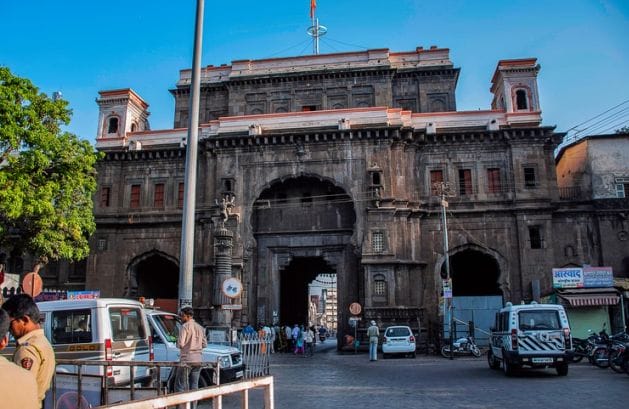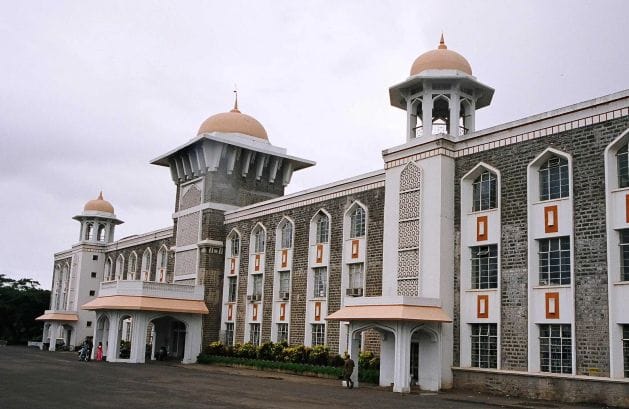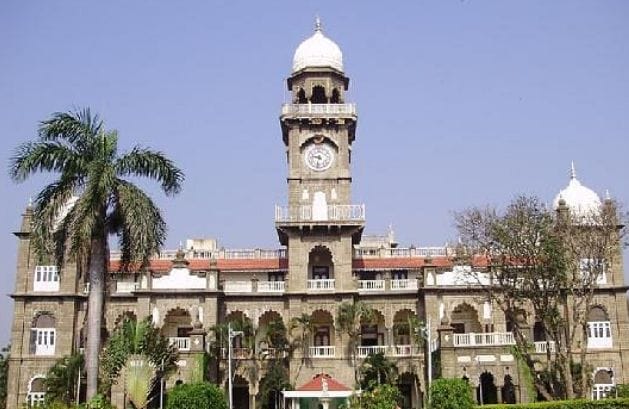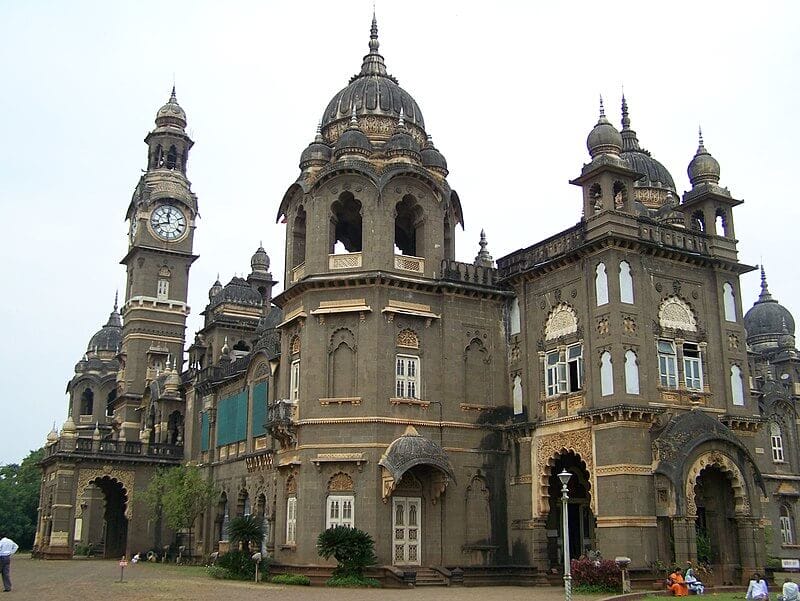Kolhapur
Introduction to Kolhapur District
Nestled in the southwestern part of Maharashtra, Kolhapur District is a treasure trove of experiences waiting to be discovered. This enchanting region offers a perfect blend of history, culture, and natural beauty that will captivate your senses and leave you yearning for more. As you embark on your journey through this hidden gem, you’ll find yourself immersed in a world where ancient traditions seamlessly intertwine with modern vibrancy.
Kolhapur’s rich heritage dates back centuries with a history that spans various dynasties and empires. From the Maratha rule to the British colonial era, each period has left its indelible mark on the district’s landscape and culture. Today, Kolhapur stands as a testament to its glorious past while embracing the future with open arms.
As you explore this fascinating district, you’ll be greeted by warm-hearted locals who take immense pride in their heritage. The air is filled with the aroma of spices wafting from bustling markets, and the sounds of traditional music echo through the streets. Whether you’re a history buff, nature enthusiast, or culture vulture, Kolhapur has something extraordinary in store for you.
The Rich History
Kolhapur’s historical tapestry is woven with threads of valor, royalty, and artistic brilliance. As you delve into the district’s past, you’ll uncover tales of brave warriors, visionary rulers, and skilled artisans who shaped its identity. The legacy of the Maratha Empire is particularly prominent, with numerous monuments and artifacts bearing witness to this glorious era.
One of the most significant historical sites in Kolhapur is the majestic New Palace, also known as Bhavani Mandap. This architectural marvel, built in the 19th century, showcases a unique blend of Jain and Hindu architectural styles. As you wander through its grand halls and intricate corridors, you’ll feel transported back in time, imagining the opulent lifestyle of the Maratha royalty.
Culture
The cultural fabric of Kolhapur is as vibrant and diverse as its history. The district’s traditions, festivals, and arts offer a window into the soul of its people. As you immerse yourself in the local culture, you’ll find that every aspect of life in Kolhapur is infused with a deep sense of spirituality and artistic expression.
One of the most iconic cultural symbols of Kolhapur is the Kolhapuri chappal, a traditional handcrafted leather sandal known for its durability and unique design. Visit the local artisans’ workshops to witness the intricate process of creating this famous footwear and perhaps even take a pair home as a souvenir.
Top Tourist Attractions in Kolhapur
Religious Sites
Kolhapur’s skyline is dotted with architectural wonders that showcase the district’s rich cultural and historical legacy.
- The Mahalakshmi Temple, this crown jewel of Kolhapur’s architecture, is undoubtedly dedicated to the patron goddess of the district. This ancient temple, with its intricate carvings and towering spires, is not only a marvel to behold but also an important pilgrimage site. As you enter the sanctum sanctorum, you’ll be enveloped by an aura of spirituality and reverence that has persisted for centuries.
- Jotiba Temple: Located just 14 km from Kolhapur, Jotiba Hill is a significant religious site. It is home to the Shri Jotiba Temple, where the deity is also known as Kedareshwar-Kedarlings. Situated at an altitude of around 1,000 feet, this conch-shaped hill resembling an elephant’s trunk is also referred to as Wadi Ratnagiri. It forms a part of the Sahyadri mountain range and extends from Panhala Fort towards the Krishna River.
Forts
Another must-visit historical landmark is the Panhala Fort, perched atop a hill overlooking the surrounding countryside. This formidable fortress played a crucial role in the Maratha Empire’s defense strategy and witnessed numerous battles. As you explore its ramparts and bastions, you’ll be treated to breathtaking views of the Sahyadri mountain range and gain insights into the military prowess of the Marathas.
Natural Wonders
While Kolhapur’s historical and cultural attractions are undoubtedly impressive, its natural beauty is equally captivating. One of the most popular natural attractions is the
- Radhanagari Wildlife Sanctuary, also known as the Dajipur Wildlife Sanctuary. This protected area is home to a variety of flora and fauna, including Indian bison, leopards, and numerous bird species. Take a guided safari through the sanctuary to spot wildlife in their natural habitat and marvel at the pristine beauty of the Western Ghats.
- The Rankala Lake is a tranquil retreat and a picturesque water body located in the heart of Kolhapur city. The lake’s promenade is perfect for leisurely walks, while boat rides offer a different perspective of the surrounding landscape. As the sun sets, the lake transforms into a magical setting, with the illuminated Rankala Tower reflecting on the calm waters.
Other Attractions
- The Town Hall Museum, another architectural gem, is housed in a stunning Indo-Saracenic-style building. This museum offers a fascinating glimpse into Kolhapur’s history with exhibits ranging from ancient artifacts to royal memorabilia. The building itself is a work of art, featuring ornate arches, domes, and intricate stone carvings that reflect the district’s diverse cultural influences.
Culinary Delights
No exploration of Kolhapur would be complete without indulging in its renowned cuisine. The district is famous for its spicy and flavorful dishes that will tantalize your taste buds and leave you craving for more. Kolhapuri cuisine is characterized by its bold use of spices and unique cooking techniques that have been perfected over generations.
One of the most iconic dishes you must try is the Kolhapuri Tambda Rassa, a fiery red curry made with a special blend of spices and tender meat. Pair it with the local bread called Bhakri for an authentic culinary experience. Vegetarians can savor the equally delicious Pandhara Rassa, a milder white curry that’s bursting with flavor.
Shopping in Kolhapur
Kolhapur is a shopper’s paradise, offering a diverse range of products that reflect the district’s rich cultural heritage and modern influences. From traditional handicrafts to contemporary fashion, you’ll find something to suit every taste and budget.
The Mahadwar Road is the heart of Kolhapur’s shopping district, lined with stores selling everything from traditional Kolhapuri jewelry to modern clothing. Don’t forget to pick up a pair of authentic Kolhapuri chappals, available in various designs and colors.
Best Time to Visit
The ideal time to visit Kolhapur is between October and March, when the weather is pleasant and conducive to outdoor exploration. During these months, you can comfortably explore the district’s attractions without worrying about extreme temperatures or heavy rainfall.
| Time Period | Features |
|---|---|
| October to March | Pleasant weather, ideal for outdoor exploration, comfortable sightseeing without extreme temperatures or heavy rainfall |
Why Kolhapur Should Be on Your Travel Bucket List?
Kolhapur District is a destination that offers a perfect blend of history, culture, and natural beauty. From its majestic forts and temples to its vibrant markets and serene landscapes, Kolhapur has something to offer every type of traveler. The district’s rich culinary traditions, warm hospitality, and unique cultural experiences make it a truly unforgettable destination.
As you explore Kolhapur, you’ll find yourself immersed in a world where ancient traditions coexist harmoniously with modern progress. The district’s ability to preserve its heritage while embracing the future is truly remarkable and offers visitors a unique perspective on Indian culture and history.
Travel Essentials
Here are the travel essentials one should know
Weather
29 - 41°C
Ideal Duration
2-3 days
Best Time
October to March
Planning a Trip?
Know how to reach
Top Attractions
Discover the beauty and culture of Maharashtra through our curated experiences

Shree Mahalaxmi Temple
Important Pilgrimage Site Built in circa 700 AD, this popular Hindu shrine is one of India's Shakti Peeths (temples dedicated to Goddess Sati) and gets its name from the presiding deity Mahalakshmi, a consort of Vishnu

Shree Jotiba Temple
A Holy Hindu Shrine Located 18 kms away from Kolhapur atop a 3,124 feet high hill, the Joytiba Temple is actually a complex of shrines and is a popular destination among tourists and pilgrims.

Bhawani Mandap
Among the City's Most Important TemplesLocated near the famous MahalakshmiTemple, the Bhavani Mandap is a historical and religiously significant building with a temple dedicated to the goddess Tulja Bhavani.

Rankala Lake
A Serene Spot Actually a stone quarry, this naturally formed lake was created due to flooding by underground water when an earthquake struck the area in 9th century AD.

Ch. Shivaji University
Shivaji University, established in 1962, is a state university located at Kolhapur, Maharashtra, India. The university, with a campus spread over 853 acres (345 ha), is named in honour of Shivaji I, who reigned as the first Maratha Chhatrapati from 1674 to 1680.

New Shalini Palace
Shalini Palace[1] ( Shaalini ) in the city of Kolhapur in the Indian state of Maharashtra was built in 1931 34 at a cost of Rs. 800,000 and was named after Princess Shalini (Shaalini) Raje of Kolhapur. The Palace stands on the west bank of the picturesque Lake Rankala (which has a circumference of 2.5 miles (4.0 km)) and is surrounded by towering palm trees, lush greenery and lovely gardens.

Shree Gagangiri Maharaj
Swami Gagangiri Maharaj was an Indian Hindu saint and Guru of the Nath Sampradaya.[1] He is one of the most influential Hathayogis of modern India. Gagangiri Maharaj was particularly known for his water penance and intense meditation practices.

Kaneri Math Devgiri
Siddhagiri Gramjivan Museum (Kaneri Math) at Kaneri, Kolhapur district, Maharashtra, is a sculpture museum. The full name is Siddhagiri Gramjivan (Village life) Museum. It is situated at Shri Kshetra Siddhagiri Math, a campus built around the Moola- Kaadsiddheswar Shiva temple.

Panhalagad Fort
Panhala fort (also known as Panhalgad and Panhalla (literally "the home of serpents") is located in Panhala, 20 kilometres northwest of Kolhapur in Maharashtra, India. It is strategically located looking over a pass in the Sahyadri mountain range which was a major trade route from Bijapur in the interior of Maharashtra to the coastal areas.

Radhanagari Dam
Radhanagari Dam, is a gravity dam on Bhogawati river near Radhanagari in the state of Maharashtra in India. Construction was initiated by visionary Rajarshi

New Shahu Palace
New Shahu Palace, located in the city of Kolhapur, Maharashtra, India, is a prominent historic landmark. Built in the early 20th century, this palace is an architectural marvel reflecting a blend of traditional Maratha and modern styles. It serves as a residence for the Chhatrapati family, descendants of Chhatrapati Shivaji Maharaj. The palace features elegant design elements, lush gardens, and serves as a key example of the region's royal heritage. It is a significant cultural and historical site in Kolhapur.


